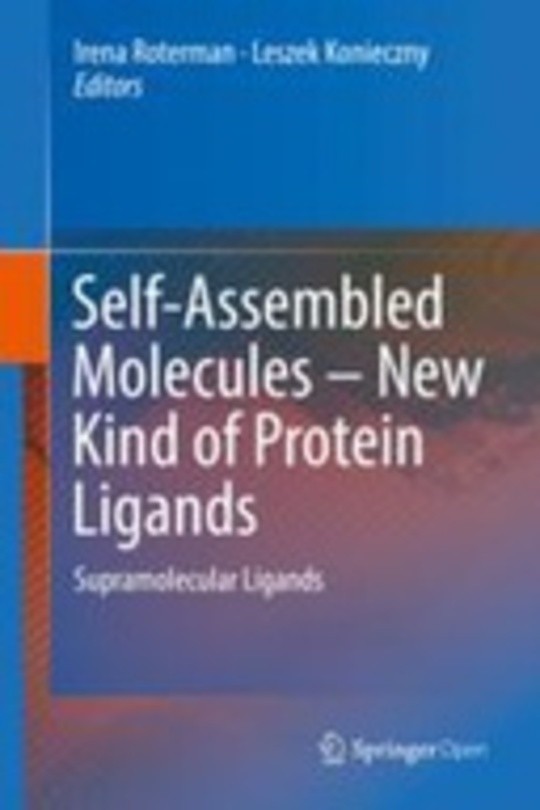
Self-Assembled Molecules – New Kind of Protein Ligands: Supramolecular Ligands
Free
Description
Contents
Reviews
Language
English
ISBN
978-3-319-65639-7
Cover
Frontmatter
1. Supramolecular Systems as Protein Ligands
2. Supramolecular Congo Red as Specific Ligand of Antibodies Engaged in Immune Complex
3. Protein Conditioning for Binding Congo Red and Other Supramolecular Ligands
4. Metal Ions Introduced to Proteins by Supramolecular Ligands
5. Possible Mechanism of Amyloidogenesis of V Domains
6. Supramolecular Structures as Carrier Systems Enabling the Use of Metal Ions in Antibacterial Therapy
7. Congo Red Interactions with Single-Walled Carbon Nanotubes
Backmatter
The book hasn't received reviews yet.

